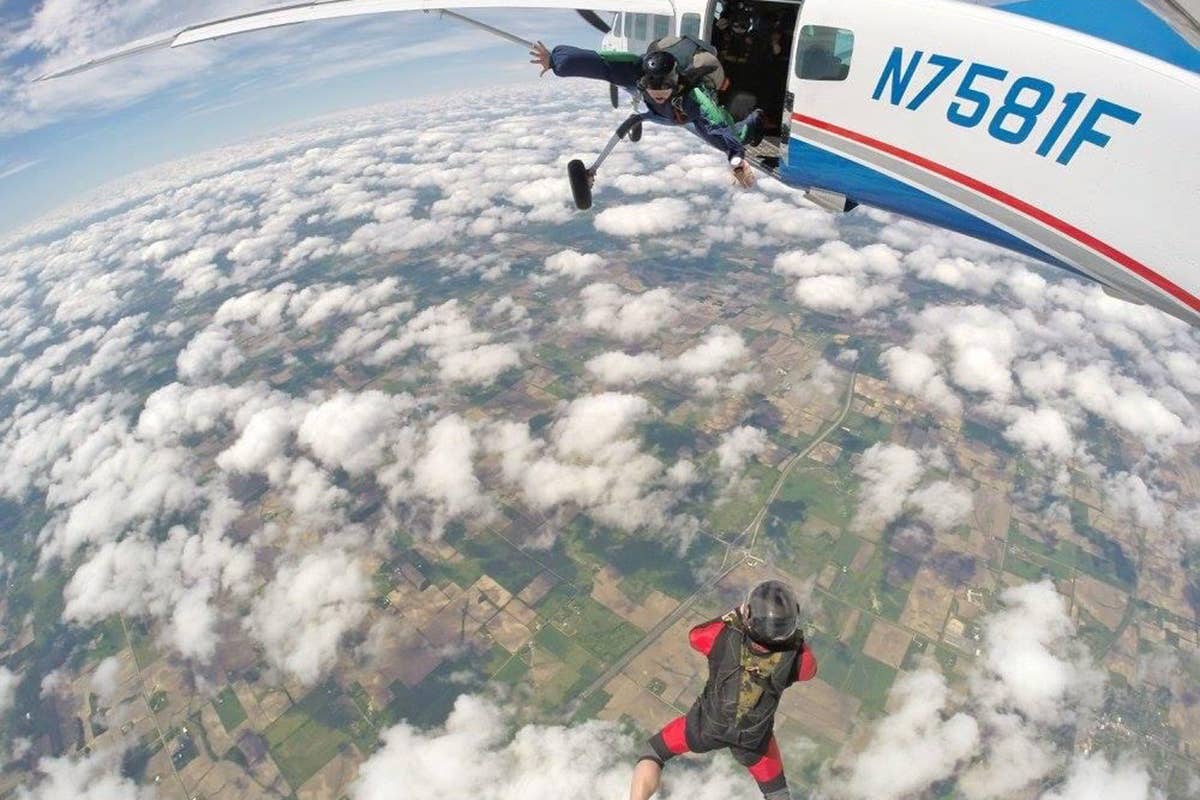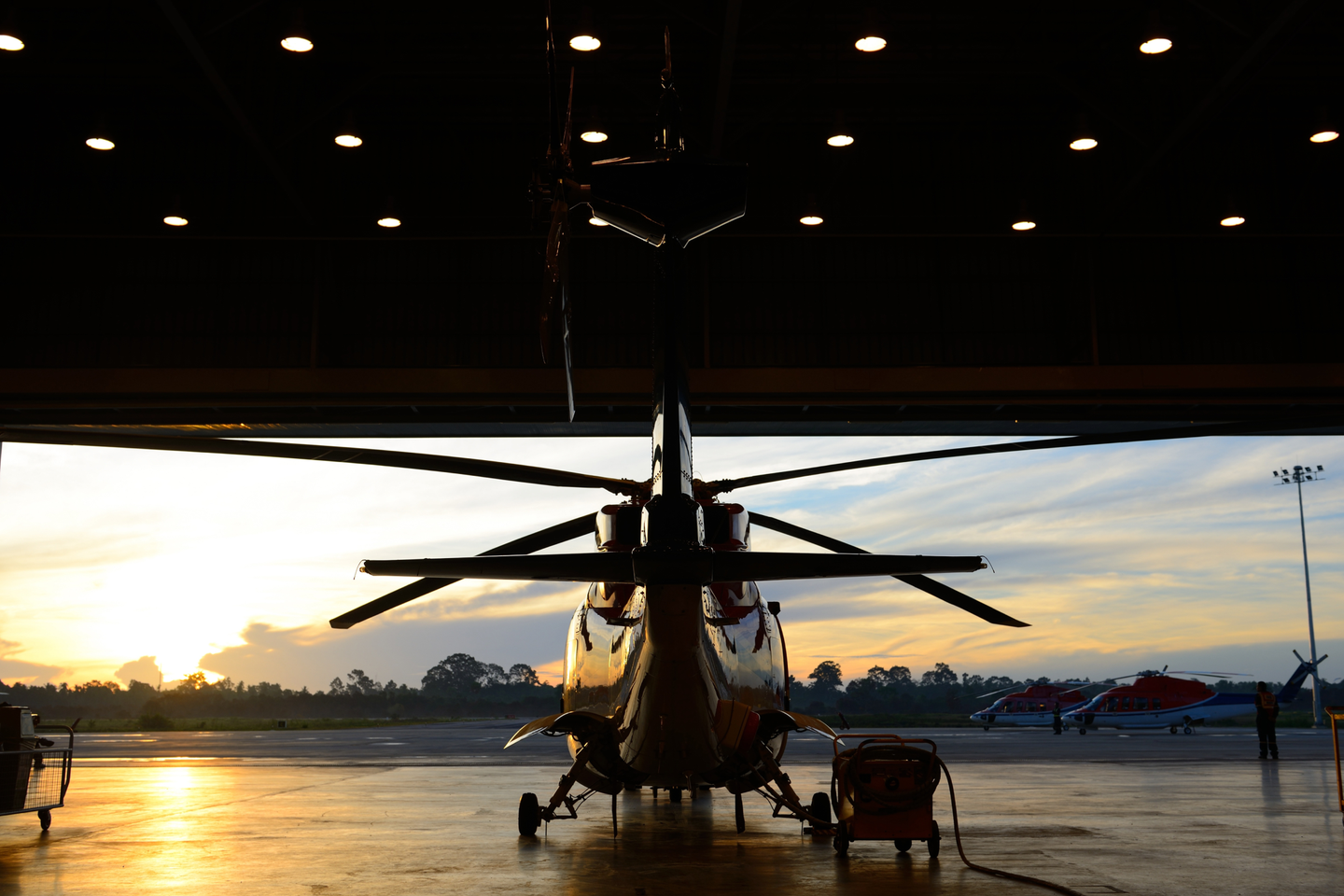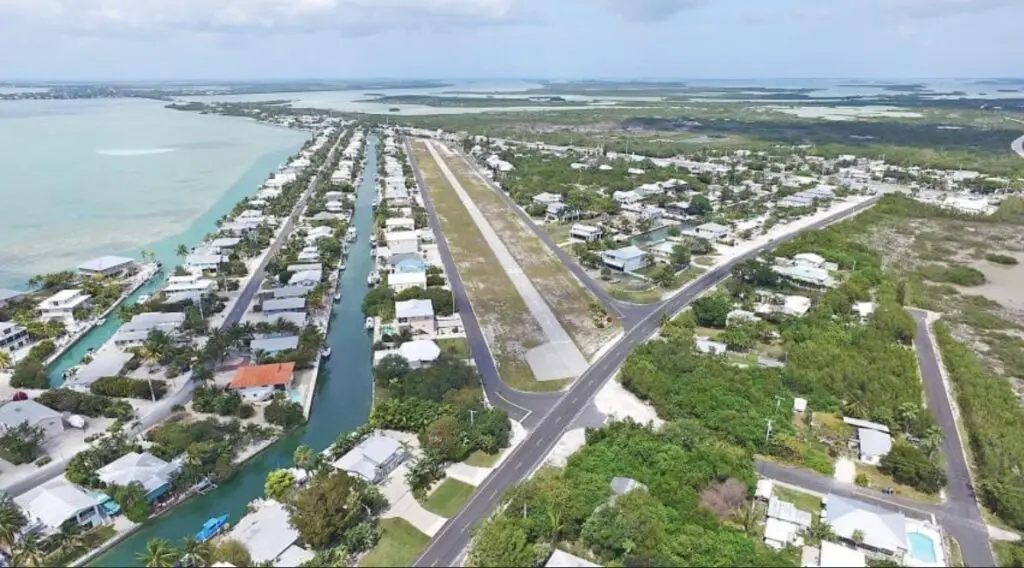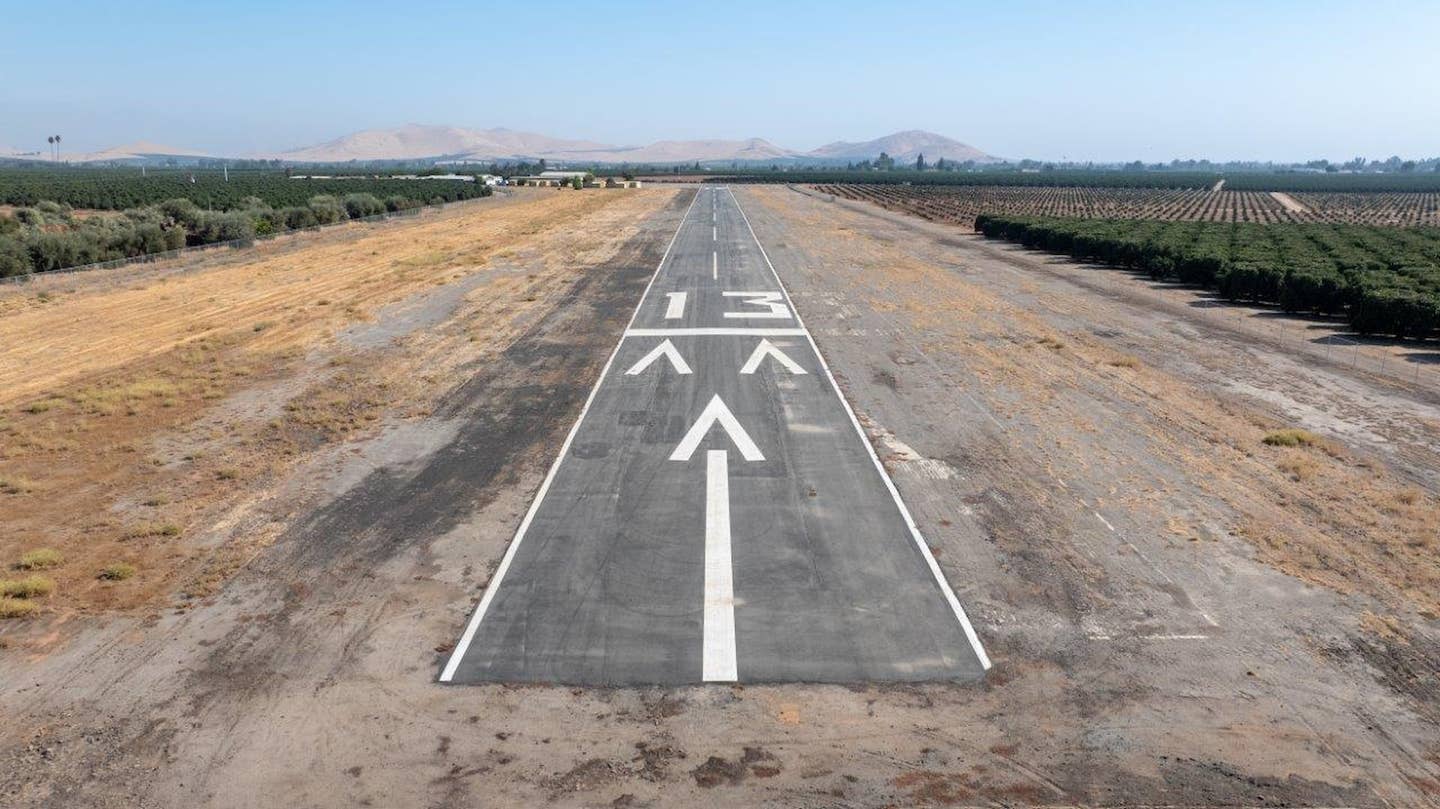The High-Paced Atmosphere of Skydive Airports
Skydiving operations at private grass strips are somewhat of a rarity.

Skydivers jumping from Skydive Twin Cities’ Supervan. [Courtesy: Skydive Twin Cities]
For Kerry McCauley of Baldwin, Wisconsin, fixed-wing flying and skydiving have long been ways of life. He has enjoyed both of these passions for four decades, in multiple professional and hobbyist capacities.
Explaining his early forays into the two vastly different types of aviation, he said, “I started flying in 1981, then took a break and took up skydiving. I got back into flying after that and received my license in about 1987. I just loved flying and skydiving to death; I became a jump pilot and built up a bunch of time doing that.”
But for those who may already know a little bit about McCauley, either from his appearance on the television show Dangerous Flights or through either of his books, he eventually transitioned to other types of flying as well.
“The original plan was to go to the airlines. But my first goal was to become a ferry pilot, because a buddy of mine was a ferry pilot, and his dad owned the company. It sounded like the coolest job in the world,” he recalled.
Even while he has ferried a variety of aircraft across six of the continents—which McCauley continues to do to this day—he has still kept his passion for skydiving alive.
“Well, I originally bought a couple of skydiving planes and leased them out to another company in Hutchinson, Minnesota. We built up to two 182s and two 206s. Then Baldwin Airport (WI14) came up for sale, which was an existing grass strip here in the area. There had been a skydiving school there since 1975, and I decided to buy the owners out. I’ve been here ever since.”
That purchase occurred 24 years ago and has allowed McCauley, alongside his wife and two children, to continue Skydive Twin Cities’ long-standing operations. The 9,000-plus-hour pilot with more than 20,000 skydives under his belt still gets the opportunity to both fly and jump, he happily reported.
“I love flying skydivers and have been doing it for 30-some years. What I really like about it is that you are always doing something, you are always flying. It’s [a] max gross takeoff on a short grass strip. Your goal is to arrive at the correct altitude [typically jumps occur at 13,000 feet agl at Skydive Twin Cities], over the correct spot, on the correct heading-every time. So, you are doing math in your head the whole way up. To yourself, you’re like, ‘I got a heavier load this time…I’m climbing a little slower…the strong winds are pushing me further…I got to turn in…’”
He continued, elaborating on what he enjoys about the high-paced atmosphere of flying a jump plane. “You are never bored. There is no straight-and-level flying at all, except when the jumpers get out. Then you level off, slow down to about 80 to 85 knots indicated, put the flaps up, and kick them out. Then as soon as they are gone, it’s a wingover and dive to the ground as fast as you can so you can pick up another load. Descending at around 6,000 feet per minute, I beat the skydivers to the ground.”
Another aspect, not related to jump operations, that McCauley finds equally as enjoyable to discuss is the rumored past of Baldwin Airport.
“This airport has been established since the early 1930s. They say it was one of the original stops for the original mail planes that were back in the day. Somebody also said that they have a picture of Charles Lindbergh here that he was flying around this area. If you read his autobiography this is where he was flying when he was building time because he was from Little Falls, Minnesota, which is just right across the river. It’s unsubstantiated, but it sounds realistic,” McCauley clarified.
Aside from having a unique purported history that’s fun to wonder about, the skydiving operation being based at the historic grass airfield is good for business in several other ways.
“Having a private airstrip is far away the best way to have a dropzone because the number one biggest thing is that there’s no other traffic in the pattern. We don’t let anybody land here unless they have prior permission to do so and literally, they are friends of mine [that have permission]. So, we don’t have students in the pattern, or other planes coming in that don’t know that there is skydiving. Safety-wise and convenience-wise it’s pretty easy,” McCauley explained.
He continued, “Plus we have our own private trailer park here that staff lives in. And for fun jumpers, regular skydivers, it’s kind of like their cabin. We have over fifty campers here, so it’s a great little community. There’s somebody here seven days a week, even if we’re not skydiving. We have bonfires, get the grill fired up, and turn the music up. It’s just a little community here, which is pretty cool. The other big thing is that no one can tell us what to do and we can’t get kicked off. I’ve seen that happen at other drop zones. The skydivers are skydivers and sometimes they’re a little rowdy. There have been lots of skydiving operations that have been kicked off airports because the airport managers have just had enough of it.”
Across the country, skydiving operations based at private grass strips are somewhat of a rarity. McCauley estimated that only about 10 percent of jump operations are based at privately owned airports, as Skydive Twin Cities is. But he did add that not every grass strip is suitable for skydiving operations.
“Most drop zones are on municipal airports, just because making your own airport is difficult. It’s hard to make one from scratch, to get the approvals, and it’s hard to buy one that actually also fits a dropzone, because it has to be in the right terrain. It can’t be right next to a huge lake, or a huge forest, or big hills or anything like that. It has to be conducive to skydiving; or rather, landing off the dropzone, because that happens frequently,” McCauley stated.
He added, “Our property is 53 acres and it’s all level, flat and beautiful ground. We mow, I’m not exactly sure how much, but it’s a lot. Our runway is really wide and is 2,500 feet long. It’s almost like an aerodrome; I would say 20 to 25 acres is perfectly smooth golf-course grass that the skydivers and the plane can use. It’s one of the bigger, nicer grass landing areas in the country.”

Sign-up for newsletters & special offers!
Get the latest FLYING stories & special offers delivered directly to your inbox






